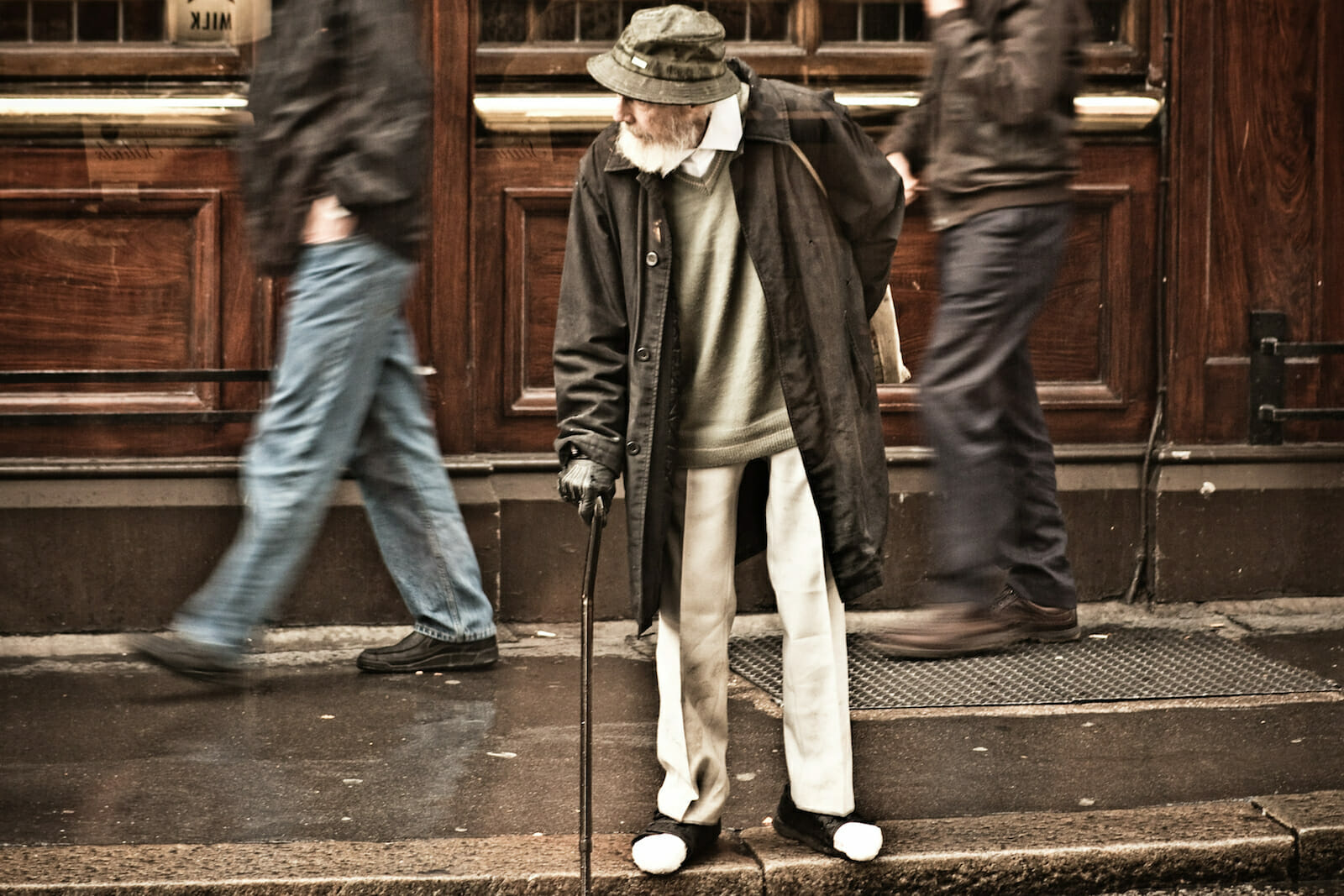
Health
America’s Aging Population: Policies for a Better Future
Family pictures on walls showcase fewer and fewer kids. The comedy movies about big families with twelve kids seem funnier as they seem less real. We are successful in preventing and containing epidemics. Science and medicine have made great progress. Fewer people are born and fewer people are dying. Our population is growing old.
The American population is not only changing—it is also changing fast. In 2030, almost 20 percent of the population will be over 65 years-old. However, the United States is not ready for this demographic shift. More than preparing for the challenges, we should take advantage of the opportunities of this new (yet more wrinkled) face of our society. We need integrated policies to keep our ageing population healthy, engaged and active.
An ageing population will introduce changes in labor, pension systems, retirement policies, and health-care systems. Policies need to be good for the elderly and also need to address financial pressures on public expenditure. Policy strategies that encourage behavior changes like healthier diets and practice of physical exercise are fundamental to preventing diseases and trimming costs. Also, policies that provide benefits for later retirement are another way of easing the financial burden – and keeping the elderly active and engaged.
Ageing is a multidimensional phenomenon, and so must be the policies to address it. Health-care systems need to address physical, mental, and social well-being. The aim is to prevent chronic diseases like obesity, diabetes, and hypertension and to increase both longevity and the quality of life. We need a more integrated system with trained health-care professionals from many different fields to address elders’ specific needs. We will also need more trained geriatricians.
On top of that, policy designs should also envision family care as a central part of elder health-care. Providing an older person with the possibility of staying home and receiving care from a relative will increase its quality as well as mitigate cases of elder abuse. There should be a special effort to raise awareness of the importance of keeping a home-like environment. Health policies should provide dedicated training to families on basic knowledge and techniques of elder care.
In this way, both family care and a focus on prevention can reduce the health costs of an ageing population. World Health Organization models show that the greater part of health costs is related to non-communicable disease (i.e. cardiovascular disease, cancer, chronic respiratory disease, diabetes, and mental health disorders). Hence, an emphasis on prevention and disease early detection will reduce expensive health costs and related economic losses.
Despite what some may argue, population ageing may even contribute to economic growth. As fertility rates decrease, human capital investments increase. That is, women have fewer children because they are now more able to engage in better paid work. Parents then can increase investment in the education of their children. Furthermore, there is a precious value of older people’s contribution to society in terms of work experience and mentorship for the young.
Older people’s agenda should be in our top priorities. These policies are important if not for who you are today, for who you will be tomorrow. The earlier health-care and retirement guidelines reform begins, the smoother the demographic transition will take place. The U.S. has been successful in turning challenges into opportunities. Including older people and supporting them in their needs are ways of both valuing our past and preparing for a growing future.

